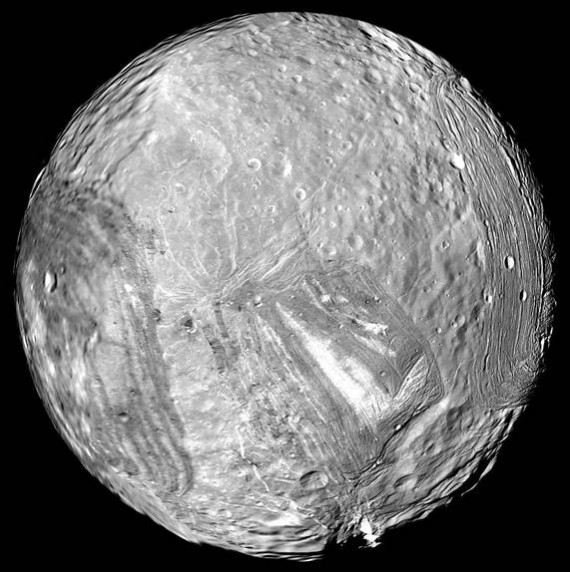“Sounding the Anthropocene” Symposium, March 11, 9-3:30, Arts-Based Research Studio (Ed North 4-104).
SESSION 2, 11:00-12:30 AM: “Sound Without Organs: Inhuman Refrains & the Speculative Potential of a Cosmos-Without-Us” with Jessie Beier and Jason Wallin
A day before the scheduled landing of its probe on the surface of Comet 67P/Churyumov-Gerasimenko, the European Space Agency’s Rosetta recorded a mysterious signal emanating from the extraterrestrial object (O’Neill 2014). Registering a low frequency oscillating signal in the 40-50 millihertz range, mission scientists concluded that Comet 67P was ‘singing’. Accelerated 10,000 times for human audibility, this ‘song’ has been likened to the ambient works of Sigur Rós, the absurdist pop of Bjork, or more remotely, the trilling of Hollywood’s hunter-alien Predators (Coplan 2014). Correlates aside, the electromagnetic sonority of Comet 67P registered by Rosetta poses something far weirder in its manifestation of an occulted cosmic sensibility. More specifically, the singing of Comet 67P not only suggests a ‘sonority’ beyond the geospatial and temporal territories of ‘man’, but of an inhuman improvisation of dust, ice, and planetary bodies antithetical to the philosophical conceit that reality exists as it does for a human subject (Thacker 2011, 2015a, 2015b). As scientists have discovered, Comet 67P is not the only object ‘singing’ against the abyss of deep space. Numerous probes including NASA’s Voyager have recorded the electromagnetic oscillations of extraterrestrial planetary objects, revealing a cosmos replete with a diversity of imperceptible inhuman sonorities. It is along this trajectory that we borrow from Murphy and Smith’s (2001) Deleuzian inflected provocation “[w]hat I hear is thinking too” for speculative ends. That is, by rejoining thought to such alien compositions as that of Comet 67P, we might become capable of relaunching sound along strange non-philosophical vectors in support of both new problems and horizons for human thought.

Speaker Biographies
Jessie Beier is a teacher, artist, and independent scholar based in Edmonton, Alberta. Beier completed a Masters Degree in Curriculum Studies in 2014 with the thesis project “Schizophrenizing the Art Encounter: Towards a Politics of Dehabituation” and will be pursuing a Doctorate in Education (University of Alberta) beginning in the Fall of 2016. Beier’s interests in both visual and sonic ecologies have led to a research-creation practice that works to think pedagogy and learning, in its many forms, as a power for overturning cliché and dismantling common sense habits of interpretation. Beier has worked in a variety of settings as a researcher, educator, and program developer and is currently the Artist-In-Residence for the City of Edmonton. In addition to her scholarly work, Beier is also a practising artist, working mainly in video and sound installation. Beier has presented her research both locally and internationally, and has published writing inVisual Arts Research (University of Illinois Press), The Journal of Curriculum and Pedagogy (Taylor and Francis), and The Alberta Journal of Educational Research (University of Alberta).
Jason J. Wallin is Associate Professor of Media and Youth Culture in Curriculum in the Faculty of Education at the University of Alberta, Canada, where he teaches courses in visual art, media studies, and cultural curriculum theory. He is the author of “A Deleuzian Approach to Curriculum: Essays on a Pedagogical Life” (Palgrave Macmillan), co-author of “Arts-Based Research: A Critique and Proposal” (with jan jagodzinski, Sense Publishers), and co-editor of “Deleuze, Guattari, Politics and Education” (with Matt Carlin, Bloomsbury).

One thought on ““Sound Without Organs: Inhuman Refrains & the Speculative Potential of a Cosmos-Without-Us” with Jessie Beier + Jason Wallin”